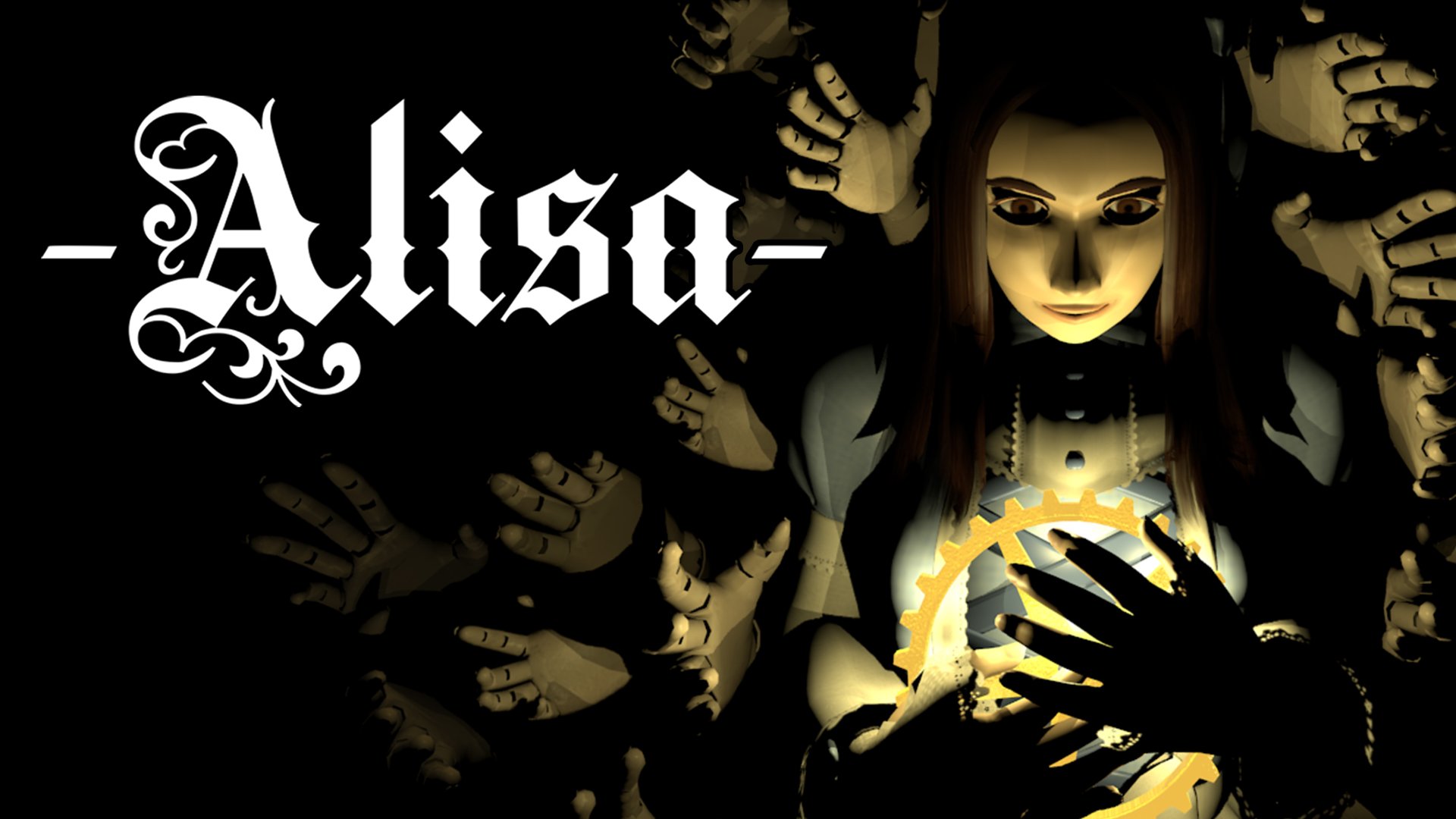Nothing is immune to nostalgia – not even dated gameplay mechanics that were once hated. We have reached a point where gamers miss the style of classic resi-like horror games and indie developers are beginning to notice. Sometimes you get something that’s authentic like Tormented Souls, a game made by people who grew up with the genre. Other times you get deceptive post-modern imitations like Back in 1995.
Not only have the design sensibilities of the old days been given a reevaluation, but the crusty 32-bit 3D graphics too. It seems like there is an endless stream of indies coming out that emulate the jagged and low-poly looks of early 3D horror and for a good reason. It is uncanny and abstract enough that your imagination fills in the gaps.
With the rising popularity of retro horror games, it was a matter of time before somebody would make a classic-style 32-bit, 90s-era survival horror. Alisa impressed many hardcore horror fans on PC since 2020, but now it’s getting a revamped console release and some new features. Does this horror throw-back honor its roots or does it miss the point of the originals? Find out in our review of Alisa Developer’s Cut!
Alisa Developer’s Cut
Developer: Casper Croes
Publisher: Casper Croes, Top Hat Studios
Platforms: Windows PC, Nintendo Switch, Xbox One, Xbox Series X|S, PlayStation 4, PlayStation 5 (reviewed)
Release Date: February 6, 2024
Price: $17.99 USD
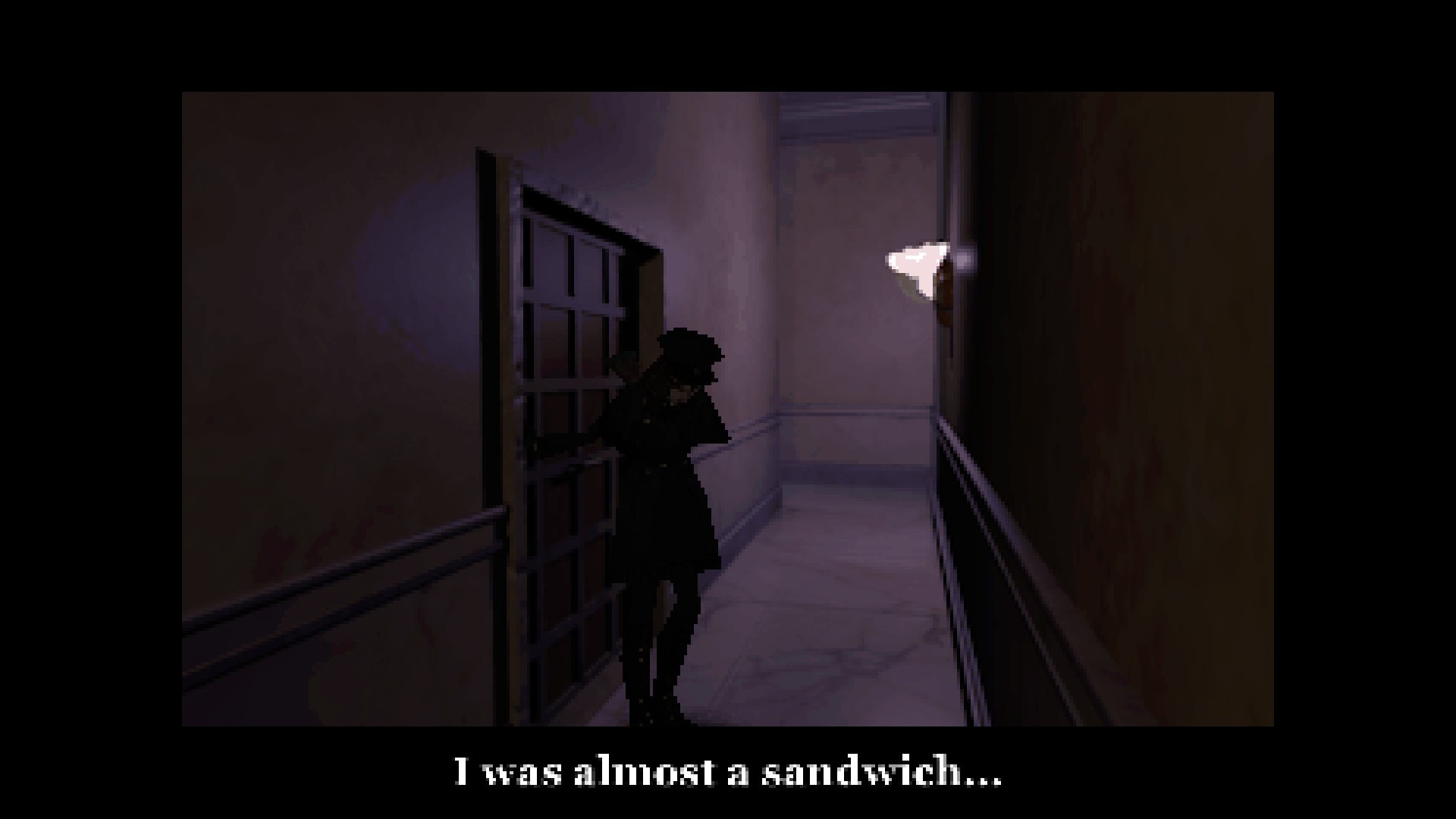
Alisa Developer’s Cut isn’t coy about its influences and wears them proudly. This is a survival horror that aspires to capture the tension and uncanny ambiance of the first Resident Evil and Alone in the Dark. Fans will take note of the creepy mansion full of locked doors, puzzles, and juicy flavor text.
The story follows Alisa, a 20th-century French officer who is conducting a manhunt on a thief who stole blueprints. During the chase, she encounters some creatures that overwhelm her and wakes up in a place called “The Dollhouse”, with no memory of how she got there or how she got dressed in a frilly blue dress.
Instead of zombies, this mansion is crawling with doll creatures that attack anyone they see. The dolls come in many shapes and sizes – some of which are about the size of a sumo wrestler. They all make terrible mechanical noises that make it seem like they are poorly aligned, like their internal gears and mechanisms are grinding and coils are snapping.
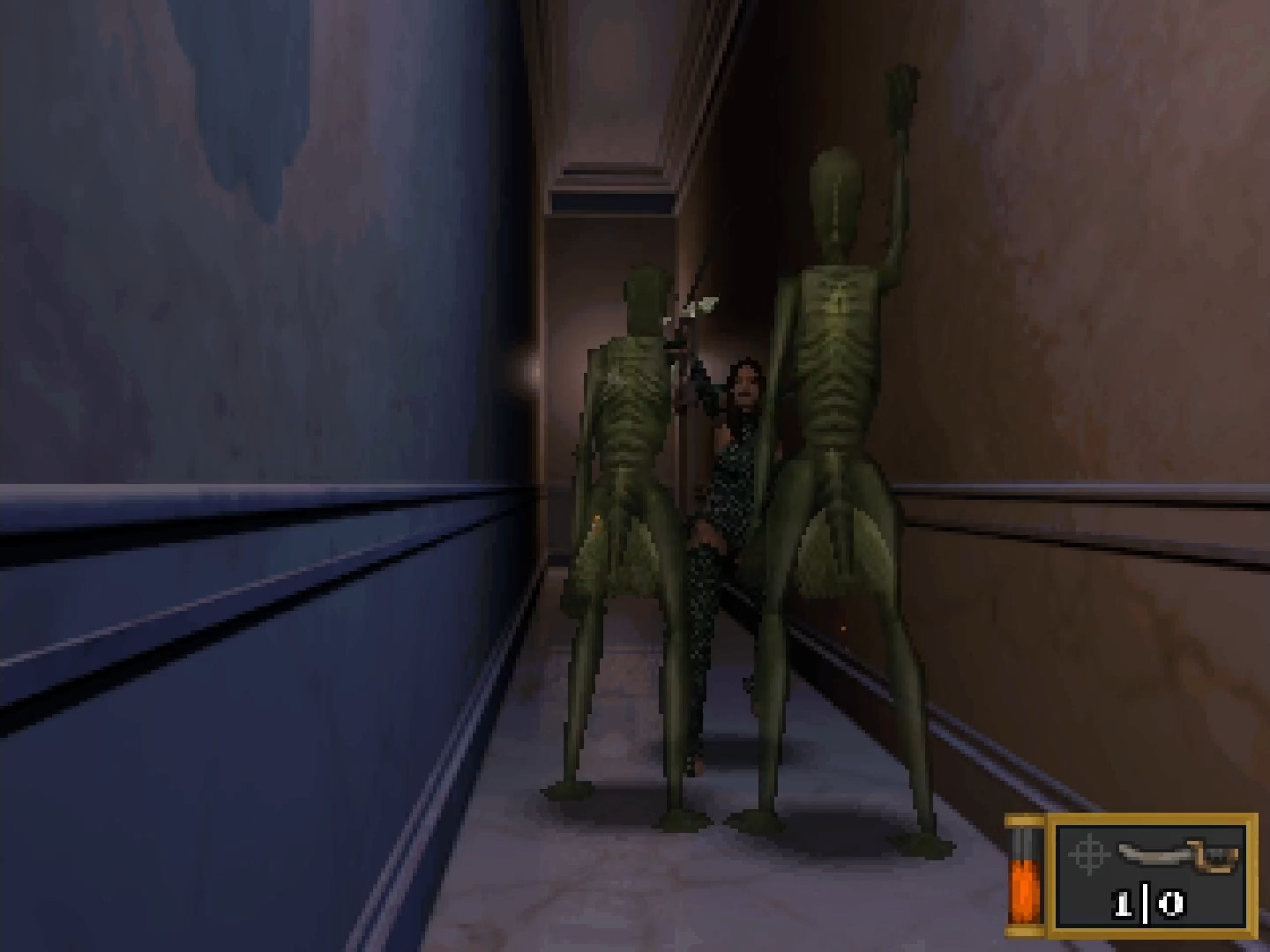
The story is fairly hands-off and encourages players to absorb details in the environment by themselves. There are a few NPCs that offer some dialogue, but for the most part, Alisa challenges players to figure out where to go and what to do. This style of survival horror is dense and compact without much filler, and Alisa is no different, so don’t anticipate a lengthy or drawn-out experience.
The Doll House is smartly designed, and the fixed camera angles do an excellent job of making memorable shots that logically connect. This makes it easy to make a mental map of the house without having to constantly check the map. Areas cleverly loop back around, and once hostile areas can become non-issues since they become avoided.
However, Alisa is the kind of survival horror game where combat is viable, even if it is deliberately unreliable. Much like its forefathers, combat is very risky where Alisa assumes a combat stance and gives up mobility. Where things differ is how less forgiving the hitboxes are and that aiming requires more control since the protagonist effectively has full 360-degree aiming. She isn’t like a S.T.A.R.S. member who can only aim high, middle, and low.
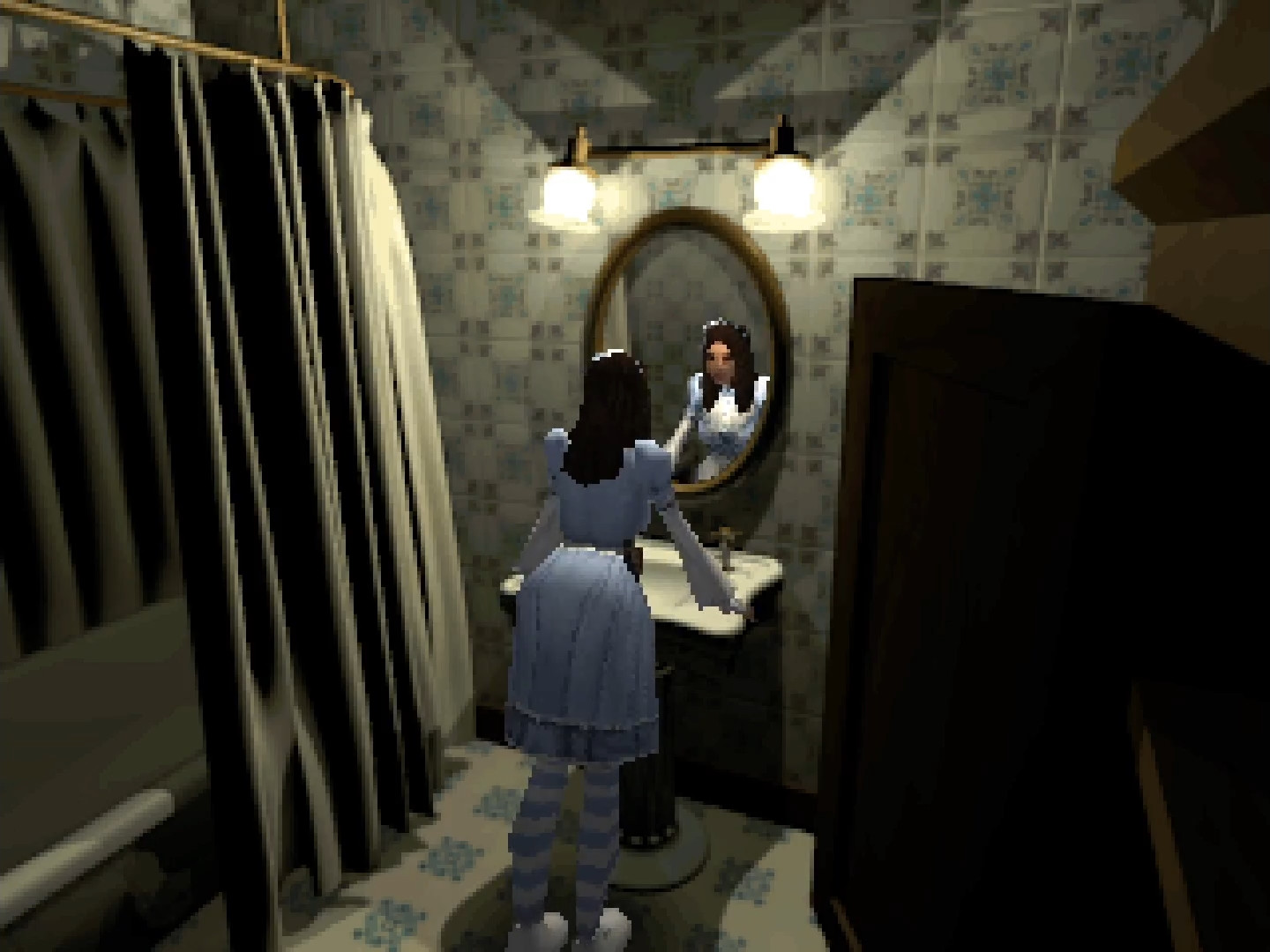
Alisa goes too far making the combat unreliable. Several factors make confrontations worse than they were in actual classic survival horror games. Not being able to play with the D-pad was already a huge mistake when it comes to navigation and movement, but applying it to Alisa’s 360-degree aim makes targeting far more difficult than it needed to be. As if this wasn’t bad enough, the enemy’s hit-boxes are very tight.
Using an analog stick for classic survival horror tank combat is very cumbersome because it’s easy to lose control and to make Alisa’s aim veer off target. This is especially a problem with melee and when trying to aim up or down where she becomes almost uncontrollable.
Perhaps the developer will add D-pad support for the controls one day, but fans of these kinds of games will be left confused and disappointed by its exclusion. Using a control stick with fixed angles and tank movement feels too inaccurate and is inauthentic.

To give players any hint that they are targeting foes, there is a target symbol next to the ammo counter on the bottom right of the screen. The idea is that when aiming, the target symbol lights up to indicate that Alisa’s aim is dead on. This design choice is backward and should have had a target appear on foes when her sights are aligned. Instead of paying attention to what is happening in the game, your view gets distracted to look at a symbol in the lower corner.
Since Alisa does take cues from classic Resident Evil and Alone in the Dark, running past most threats is an option and is preferable. However, combat is encouraged sometimes because enemies drop flywheels which are currency to purchase new outfits, weapons, ammo, and healing items.
Playing with auto-aim does negate the control woes, but enabling this feature significantly reduces the amount of gears dropped by defeated enemies. It is too bad that such a simple aspect of the gameplay was fumbled because Alisa is very close to being as good as the games it is inspired by.
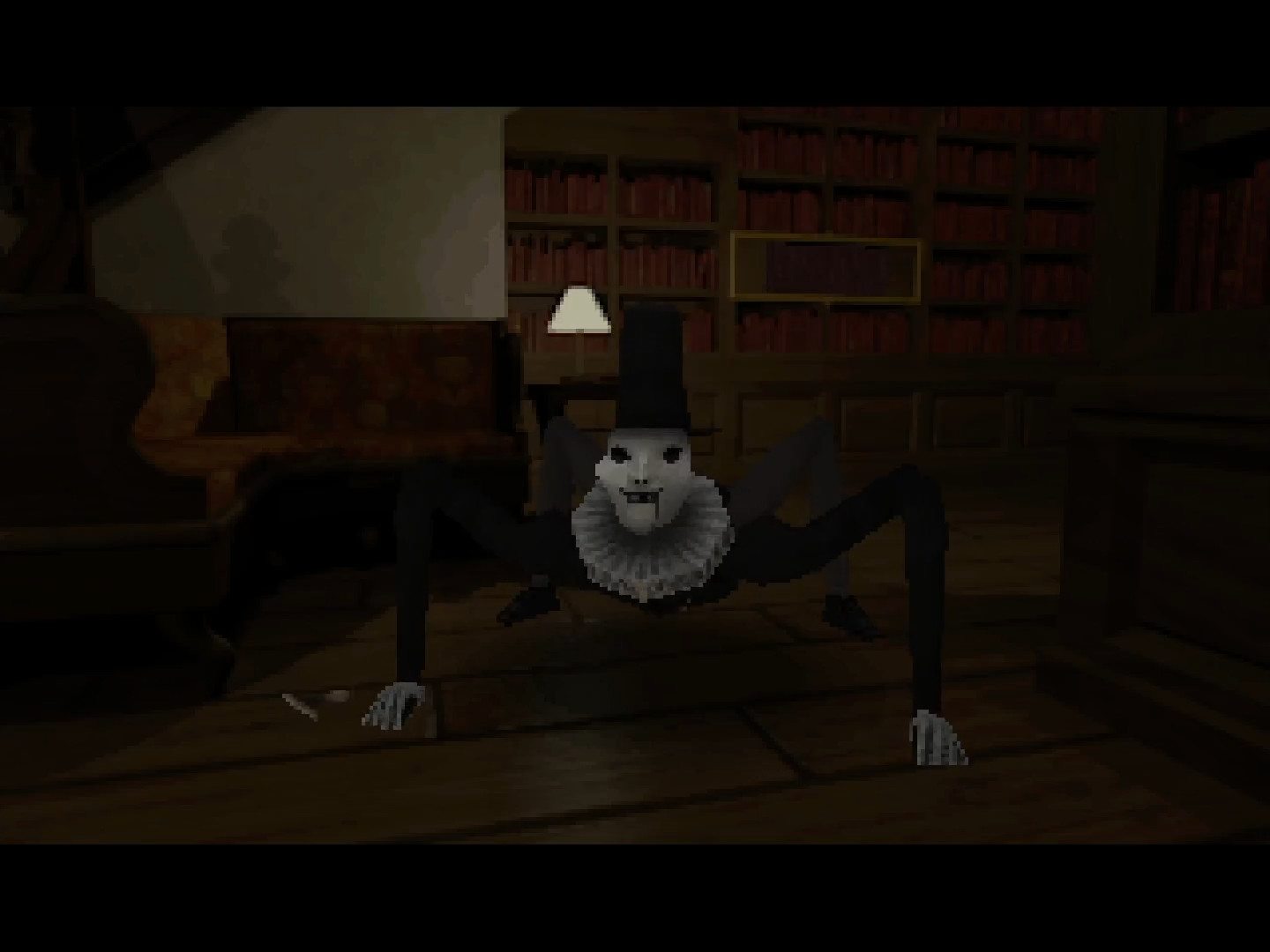
The visuals look faithful to the style of retro horror at first glance. Most fans who love the uncanny, low-poly, and chunky graphics of 90s-era horror games will be satisfied, but anyone who is a stickler for details will catch details that are off. Old PlayStation horror games were much better looking than what Alisa was going for.
Comparing models of Jill from Resident Evil 3: Nemesis or the cast in Vagrant Story, the 3D models in Alisa are not up to par. Alisa looks unappealing and more crude than what was in the games before it. Animation is deliberately stiff and is not accurate to the fluidity of late 90s-era horror games. Vampire Hunter D was a horrendously stiff horror game but managed to have more personality and style in its animation.
The 3D elements may not be faithful to what was done in the 90s, but the prerendered backgrounds look on par with the best of what was around. There is a cold and still deadness to the world that makes it feel very uninviting and unsettling. There is grit and enough detail to make the Doll House and the outdoor areas feel atmospheric to the point you can smell the dank French air.
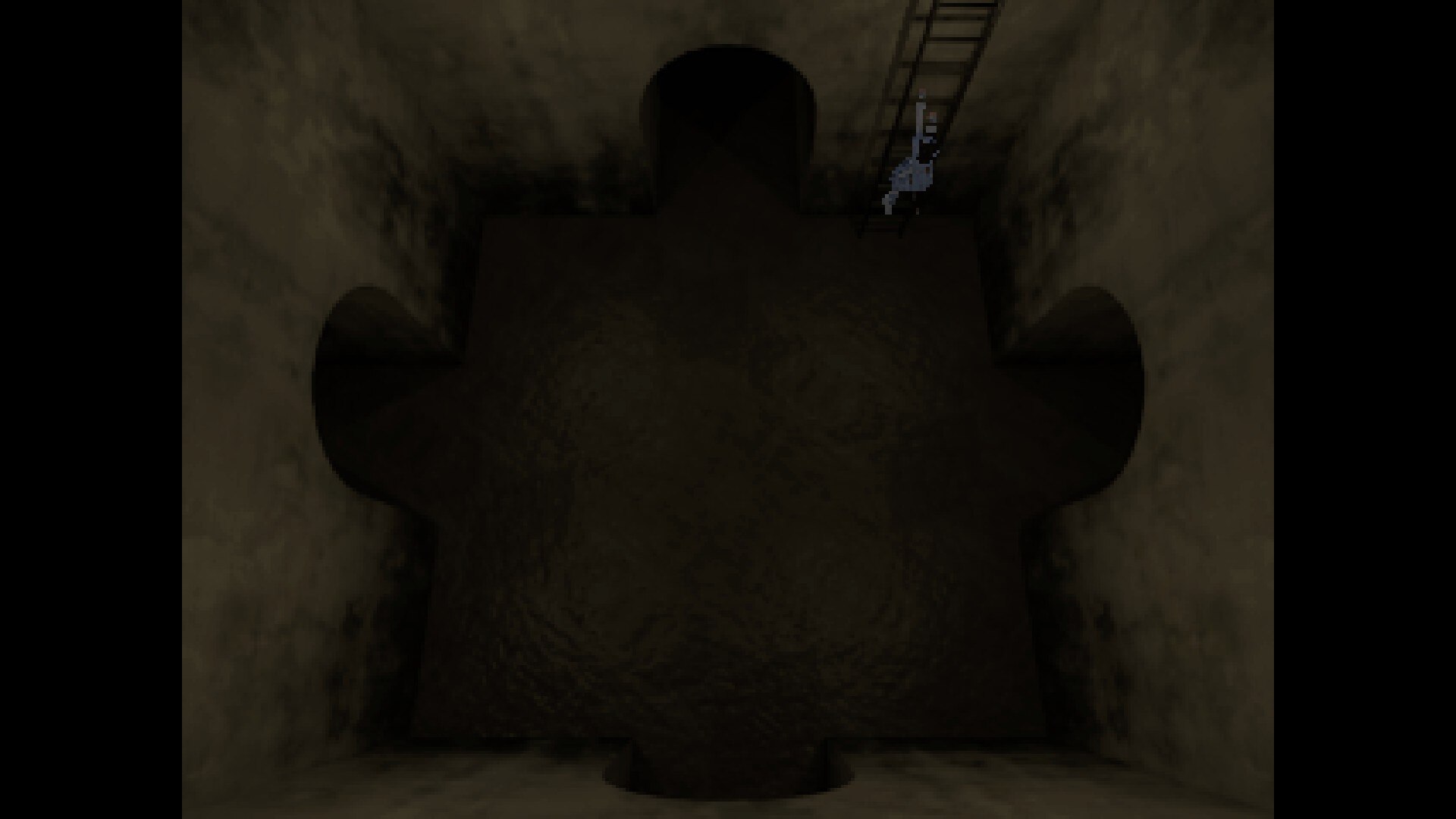
The music is ambient and has a low synth hum that is evocative of 90s horror games. Alisa excels with its soundscape and casts non-actors whose first language isn’t English, which helps make the setting feel all the more surreal and dreamlike. Everyone sounds like they aren’t sure of what they are saying and some of the female voices are male too.
Another aspect of Alisa that it perfectly nails is the puzzle design. There is more to this game than just finding keys, pushing boxes, getting an item and putting it into a thing, or figuring out a riddle. The mechanical puzzles are more like tricky brain teasers where you do one thing and it activates something else or you have to build a thing which in itself becomes another puzzle.
Replay value is also substantial and the core game runs a surprising length that is on par with the classics. There are a lot of outfits to unlock like the straight jacket which makes Alisa charge at foes head first with a big defense boost, or even a sexy one-piece bathing suit. There are plenty of reasons to replay and to keep working towards something, like more outfits or alternate endings.
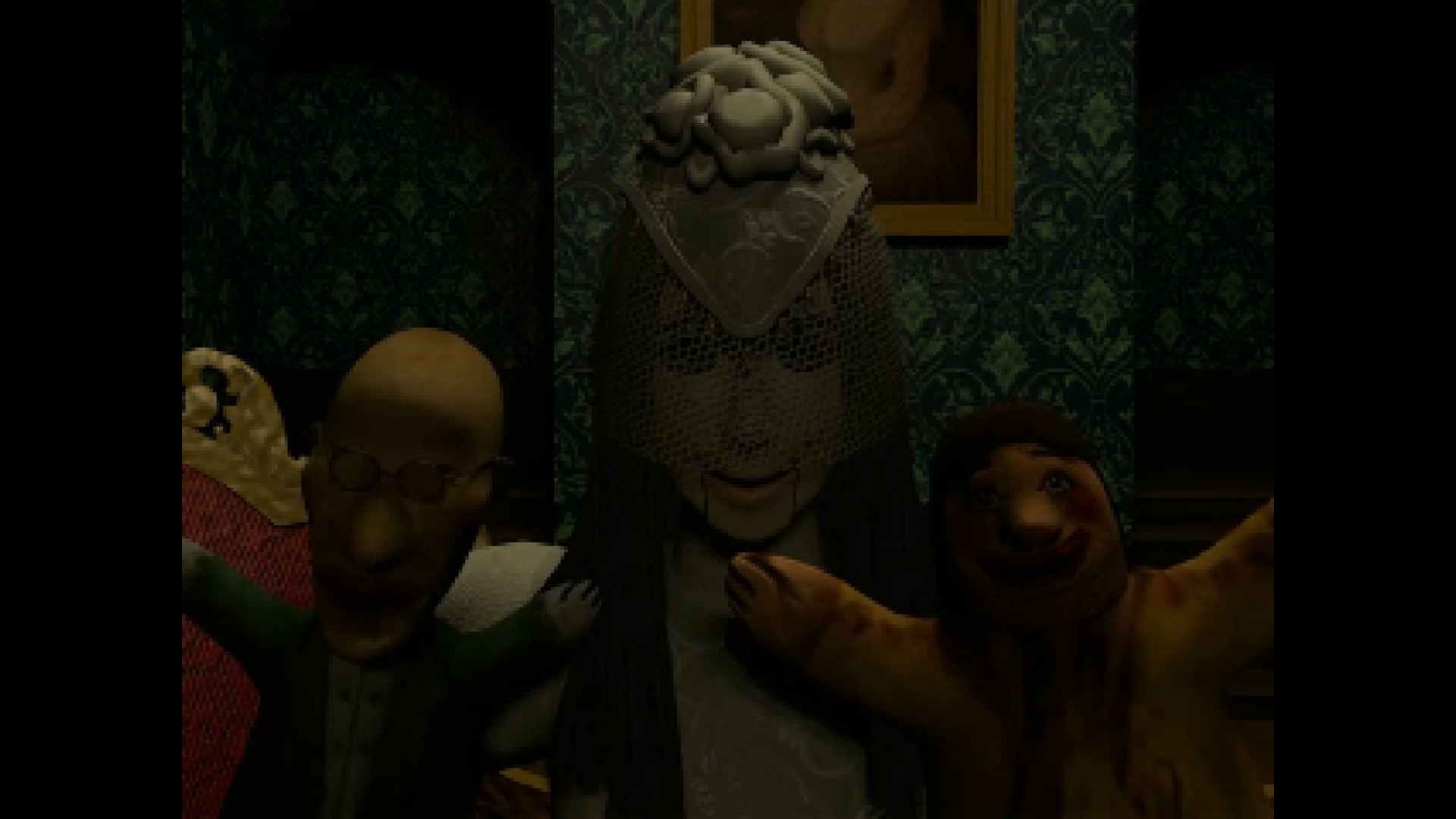
Alisa comes close to being an authentic throwback survival horror. In many ways, it is survival horror fan fiction; a technically competent product that does not always understand what was it about the originals that made it work. Glaring oversights like the analog controls and aiming or the artistry in the visuals are mistakes that an amateur would make.
To its credit, Alisa does do a lot right. The backgrounds and music are superb and capture the feel of a 90s survival horror game. The puzzles are also some of the better examples of what is possible in the genre. The problems in this can be addressed in patches, but it remains to be seen if they will ever come.
There are too many little things that Alisa gets wrong and it comes off as a fan’s attempt at making a horror game, rather than someone who truly understands the genre. The result is a very generic retro throwback.
Alisa Developer’s Cut was reviewed on PlayStation 5 using a code provided by Top Hat Studios. You can find additional information about Niche Gamer’s review/ethics policy here. Alisa Developer’s Cut is now available for PC (via Steam), Nintendo Switch, Xbox One, Xbox Series X|S, PlayStation 4, and PlayStation 5.
